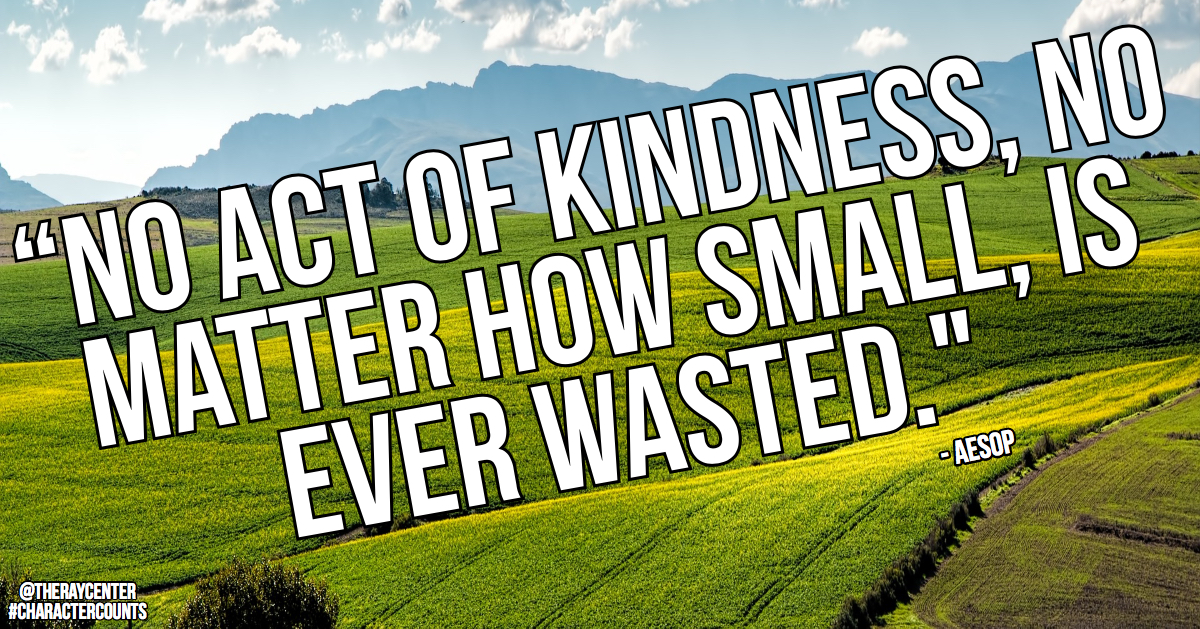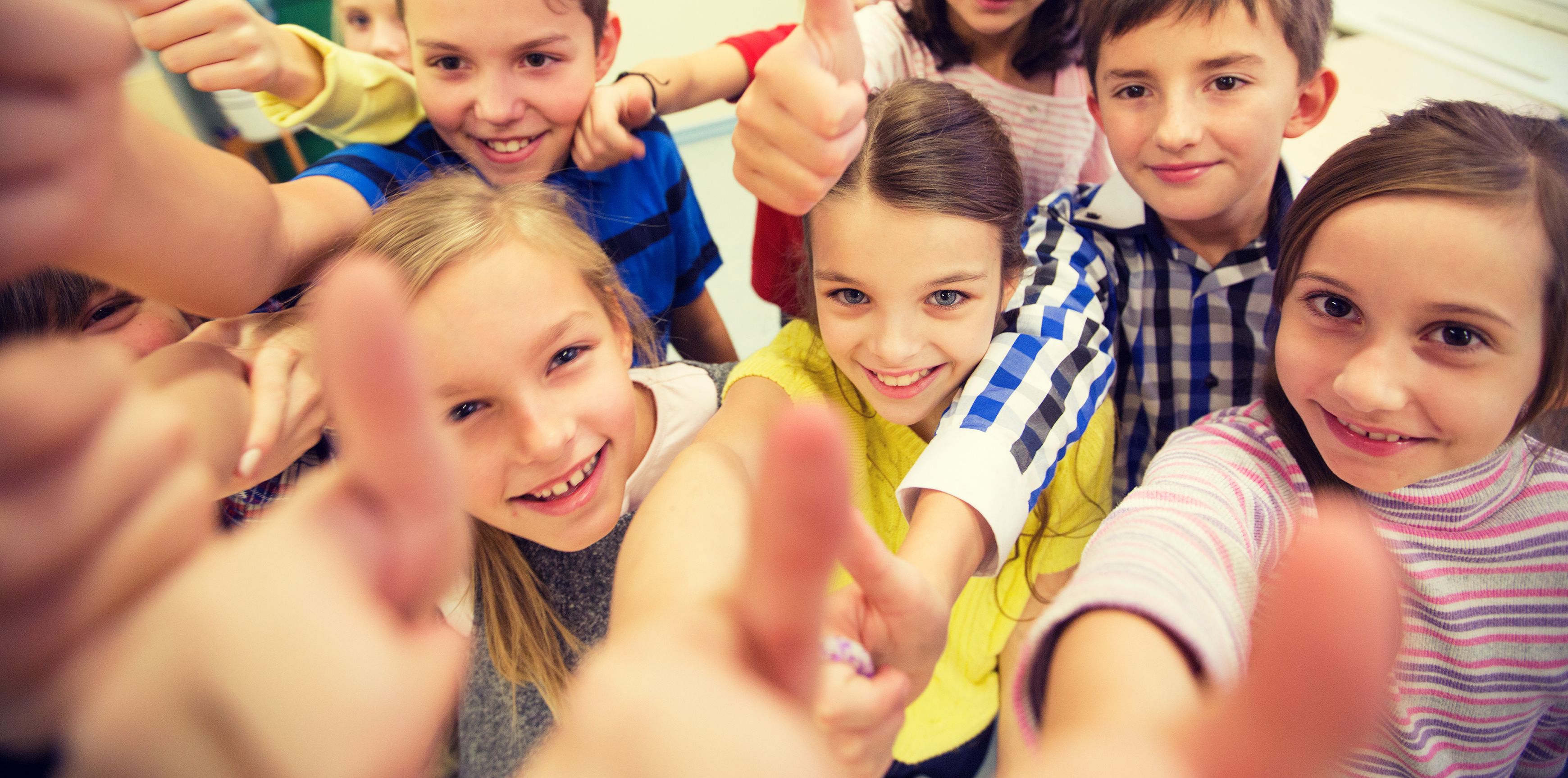
From guest contributor, Dr. Michele Borba
“Do you have any tips I can teach kids to stop peer cruelty?” a teacher asked. I smiled and I nodded.
I’ve been developing ways we can teach kids to stop peer cruelty and sharing them with kids for over three decades, and we must keep doing so.
The effects of peer cruelty are far-reaching and can cause immense stress, anxiety, health problems, depression, and humiliation that may result in serious mental health issues for our children.
Bullying also induces fear and insecurity, which impacts students’ concentration, academic achievement, and learning performance.
Bullying reduces empathy and teaches children that aggression is how to get their needs met.
Bullying destroys character and our children’s potential to be good human beings.
Bullying should never be tolerated. It is cold-blooded, intentional cruelty delivered to a child who cannot hold their own.
Bullying is also learned and can be unlearned. But we must teach our children ways to stick for themselves and for others. And we must help kids who use aggressive behaviors how to replace inappropriate, unhealthy behaviors with pro-social actions.
But kids always tell me, “Nobody is telling us what to do or how to change.”
So here is the first of many blogs to help kids learn “how to stand up for themselves and others.” I offer you 45 tips to teach kids how to stop peer cruelty.
Keep in mind that not all strategies work for all kids. Identify the type of strategies that work for each child based on their maturation, abilities, learning styles, situation, and comfort levels and then practice and practice until he or she is confident enough to use the strategy alone.
All tips from End Peer Cruelty, Build Empathy: The Proven 6Rs of Bullying Prevention That Create Inclusive, Safe, and Caring Schools. The specified pages in End Peer Cruelty, Build Empathy provide complete directions for each strategy and the research behind it.
1.Encourage small acts of kindness to counteract bullying like sharing their lunch, saying hello, smiling. Ask: “How can you act kindly during the day?” (p.21).
2. Expand kids’ comfort zone so they make friends with outside their social sphere. (p.23).
3. Build empathy by encouraging kids to help a younger peer in academics, sports, music, etc. (p.24).
4. Help kids identify their support and safety nets: “If you had a problem who would you turn to?” (p.25).
5. Create safety in hot spots. “Where do you feel least safe? How can you avoid that hot spot? What’s another route?” Bullying does not happen everywhere but is situational. (p.27).
6. Teach cooperative deal breakers like Rock, Paper, Scissors or picking straws to reduce friction. (p.28).
7. Create safety on the bus. Sit in the front, on the right side. Find an older kid who can be your ally. (p.29).
8. Start a “walking school bus”: parents assigned to walk certain route to and from school with students to reduce bullying and help kids learn safety skills. (p.29).
9. Teach peacebuilding. “What would a peaceable home, class, school, neighborhood where everyone gets along and helps each other look and sound like?” Read: The Peaceable Kingdom. (p.99).
10.Teach how to disagree respectfully to reduce friction: “I disagree…” “Here’s another way…” “Have you thought about…?” (p.35).
11. Teach brainstorming : “No put-downs, say whatever comes to mind, try to come up with ideas that work for all” and then practice to help kids solve social problems peacefully. Research shows that kids low in social problem solving are more likely to bully or be targeted (p.37).
12. Read Hey, Little Ant, to look at life from a small insect’s point of view and build empathy. “What would you do if the small any you were about to step on looked up at you and started to talk?” (p.95).
13. Hold family/class meetings to practice speaking out, respecting differences, decision making and listening actively. (p.34).
14. Stress the Golden Rule: “In this home/class we treat others the way we’d like to be treated. How do you want to be treated?” Read: The Golden Rule by Ilene Cooper, What If Everybody Did That? by Ellen Javernick. (p.99).
15. Create an Anti-Bullying, Be Kind Pledge. Help kids take the words to heart. “I will not make anyone feel bad or afraid on purpose. I will help those who are bullied and include others those left out.” (p.101).
16. Teach “Bullying” (cold, calculated, intentional cruelty, power imbalance) vs. Normal Conflict(disagreement, difference of opinion, both have equal power). (p.122).
17. Watch films to discuss five types of bullying: Dumbo, Monsters, Inc, Bully, Cyberbully, Mean Girls, (p.119)
18. Listen to song lyrics to help kids understand the harm of bullying: “Don’t Laugh at Me,” “Hey Bully,” “Mean,” “Who Says” (p.120).
19. Read books to discuss bullying so children under the definition and the impact: The Juice Box Bully, Confessions of a Former Bully,Stargirl. (p.120).
20. Make “Looks Like, Sounds Like, Feels Like” charts using words, photos or drawings to help kids understand the different types of bullying. (p.121).
21. Teach “Friendly Teasing”: Kids don’t mean to hurt your feelings and stop if you ask. vs. “Unfriendly Teasing”: Kids make fun of you on purpose, want to hurt your feelings and don’t stop if you ask. (p.123).
22. Identify who to go for help. Kids must feel confident that adults can and will help them. (p.133).
23. Encourage kids to report bullying or seek help as a duo. Identify allies. Targets often uncomfortable reporting bullying alone. (p.135).
24. Teach STOP, LOOK, ASK, TELL. STOP and identify your problem. LOOK for a person to help you. ASK for help. TELL your problem.( p.137).
25. Discuss Tattling or Snitching (wanting to get someone in trouble) vs. Telling or Reporting (wanting to help a person stay out of trouble so they don’t get hurt (p.138).
26. Provide anonymous reporting options. Show how to report bullying: online, text, report box or all. (p.140).
27. Expose kids to “quiet” heroes-Rosa Parks, Pee Wee Reese, Gandhi-so they realize Upstanders can make differences without saying a word so they realize power comes from the inside. (p.166).
28. Teach CAP so kids are clear about 3 parts of bullying and can intervene to help a peer: Bullying is C-Cruel. A-not an Accident. Bullies have Power over targets who cannot make them stop on their own. (p.169).
29. Stress: “Safety is always the primary goal. If someone could get hurt or you don’t feel safe, It’s better to be safe than sorry.” (p.169).
30. Teach ABCs of Bullying Safety: Act safely. Look and listen. Band together. There’s safety in number. Care for the person who needs help. (p.170).
31. Teach how to CARE about bullied peer. C – Stand closer. Show concern. A-Advise ways to help. R–Report. Offer to tell an adult. E–Empathize and Encourage. “I’m sorry.” “It must hurt.” “You didn’t deserve that.” “That happened to me. It’ll get better.” (p.173).
32. Teach Bully BUSTER skills to help kids know how to be Upstanders, defuse bullying, reduce audience, help target and mobilize witness compassion. Role play specific strategies until the child is confident to use alone. (p.170).
33. Have a Safety PLAN. Pal up (find an ally); Let an adult know; Avoid “hot spots”; Notice your surroundings. (p.194).
34. Use books to help ease the pain of bullying and realize other kids are also targeted: Hooway for Wodney Wat; The Name Jar; Blubber, Bullying Is a Pain in the Brain,Wonder,Feather Boy,Inventing Elliot. (p. 196).
35. Use cooperative, not competitive, games to boost belonging and reduce conflict on playgrounds. (p.22).
36. Teach Strong Body Posture to appear confident: shoulders down, back straight, head up. Eye contact helps kids hold head higher. (p.201).
37. Practice using a firm, steady voice (not soft, whimpering) to speak up to a bully. (p.201).
38. Show ways to “turn down” upset facial gestures to appear more in control. Bullies want reactions. (p.199).
39. Learn to say a firm “No” to abuse. Short, direct commands work best like: “Stop!” “Cut it out!” or “No!” Practice! (p.202).
40. Teach self-talk to combat victimization such as: “I’ll be OK.” “I don’t deserve this.” “This is not my fault.” Help child choose one line and then practice it over and over until he or she can use it when alone and need it most. (p.203).
41. Learn coping skills like 1+3+10: Say: Be calm (That’s “1”). Take 3 slow breaths (That’s “3”). Count slowly to 10 inside your head (That’s “10″). Put them together = 1+3+10. (p.204).
42. Find meaningful service that match child’s interests, strengths, abilities and involve face-to-face contact to boost empathy. (p.235).
43. Use books to help kids replace aggression: Billy Bully, My Mouth Is a Volcano, The Recess Queen,Twerp,Crash,Confessions of a Former Bully. (p.236).
44. Identify “safety nets” (places where kid can go if having hard day).( p.232).
45. Find positive ways for bullying students to see selves as people who can make a difference and care about others and for peers to view them in a most positive light. (p.233).




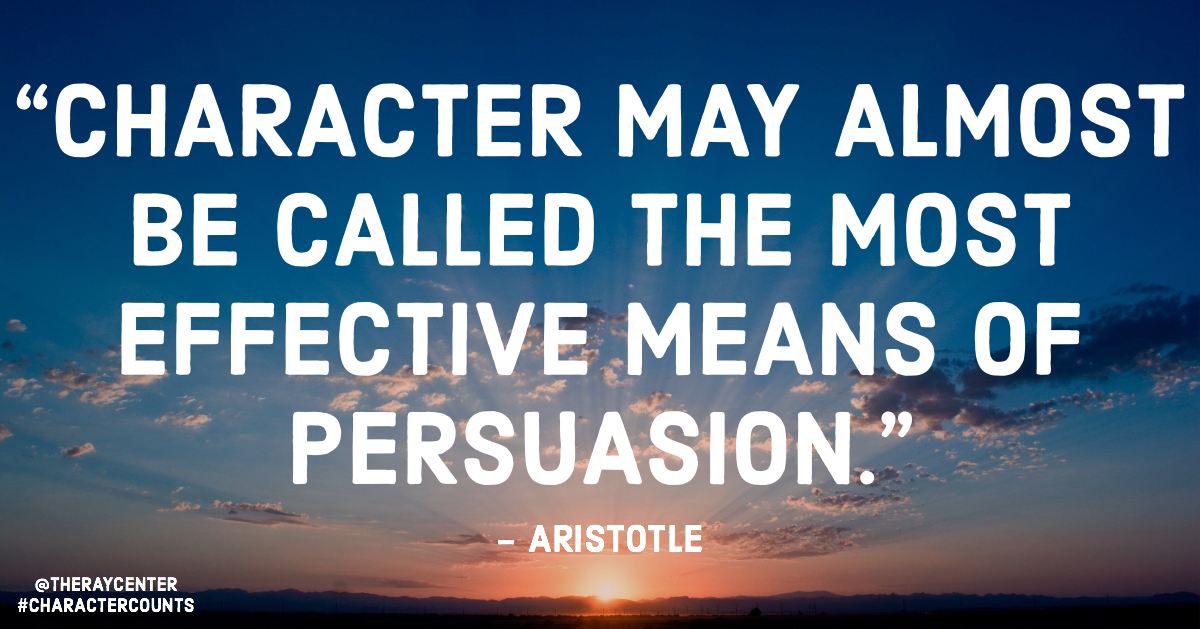
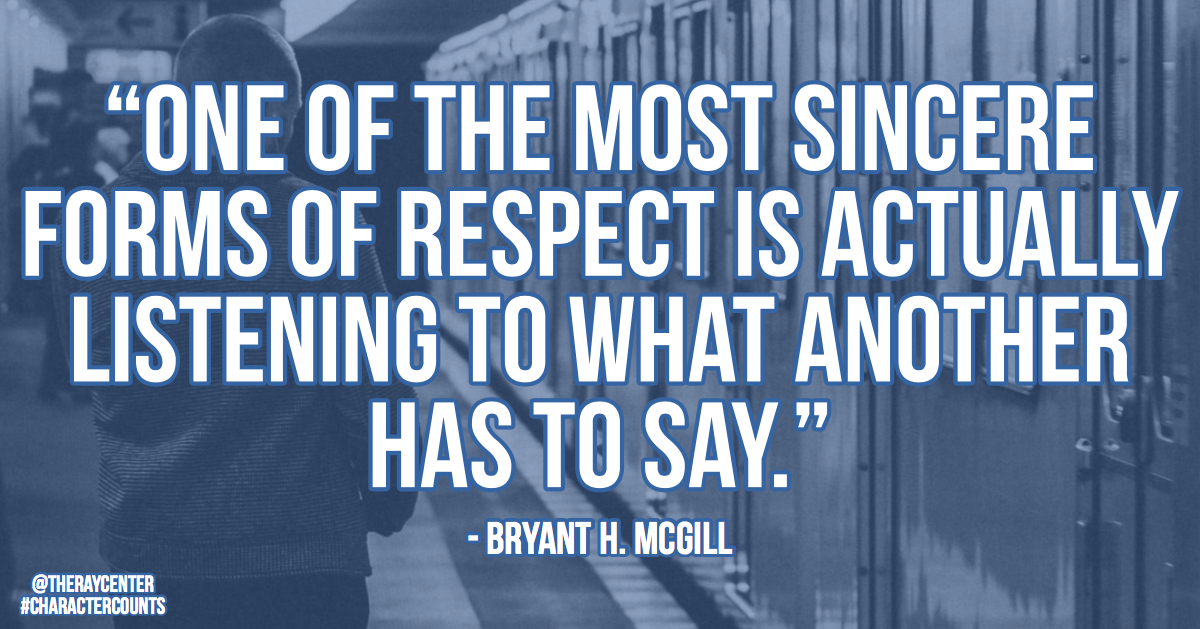
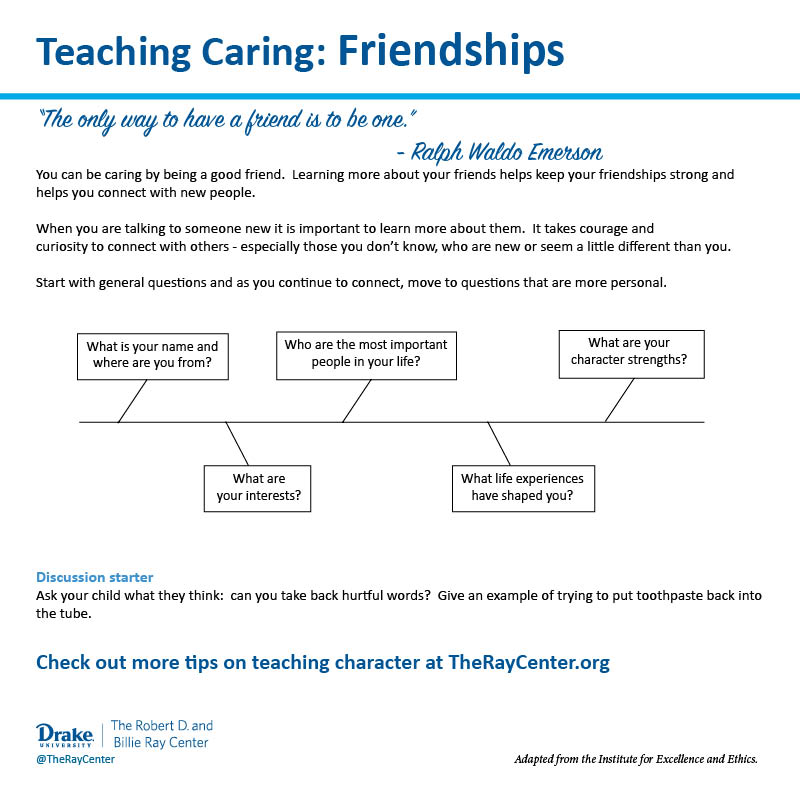
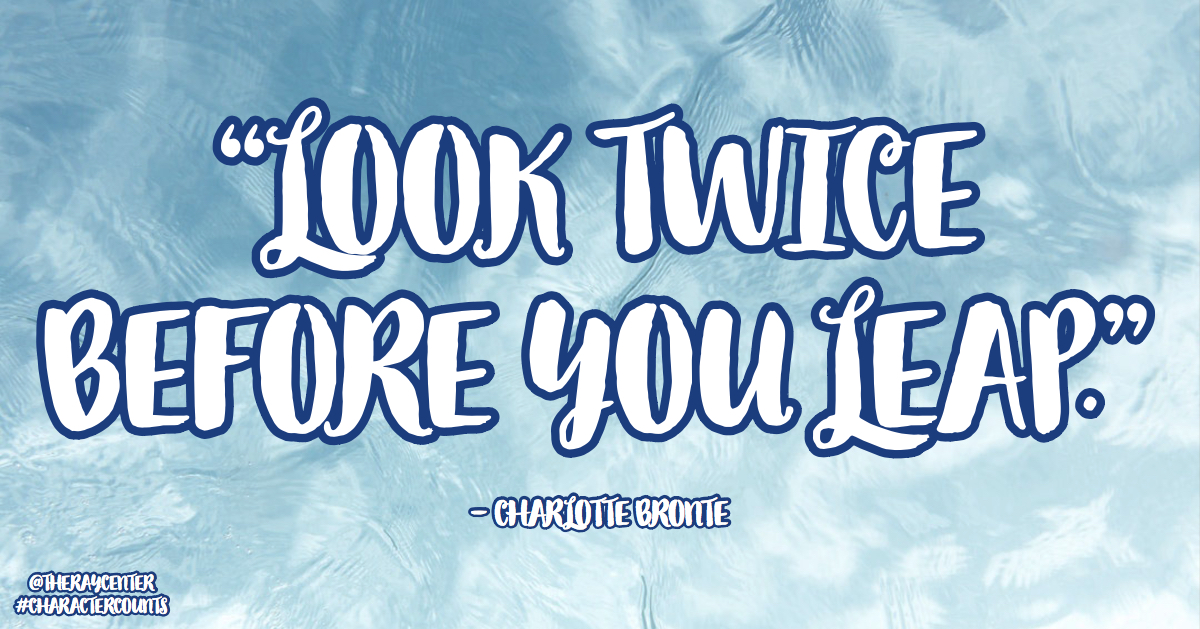
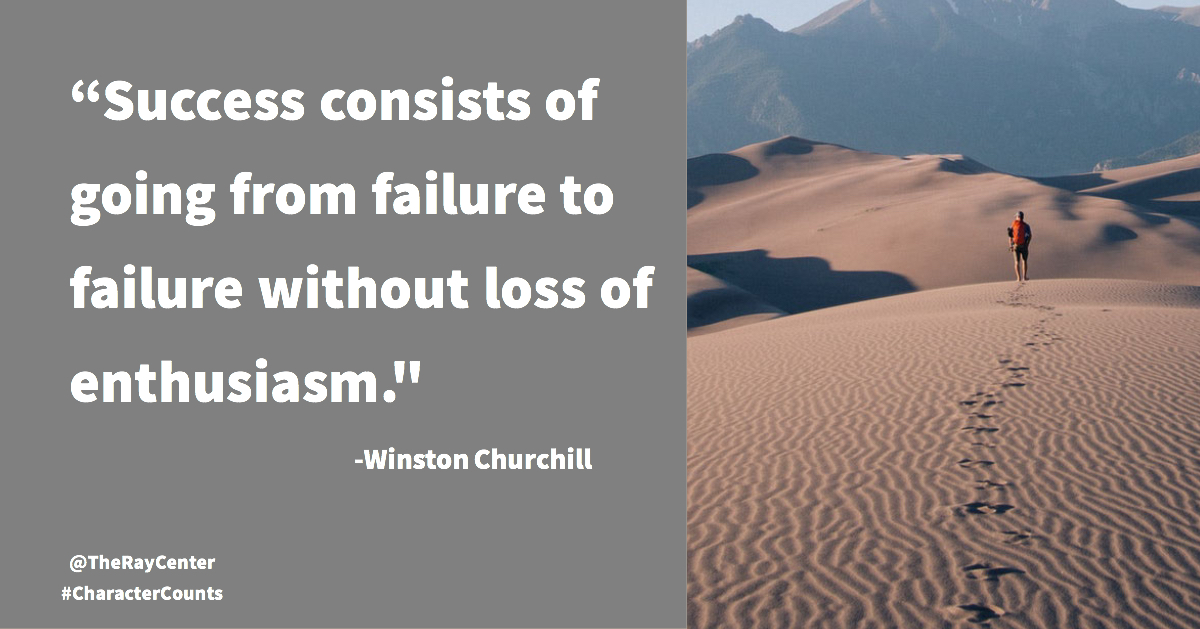
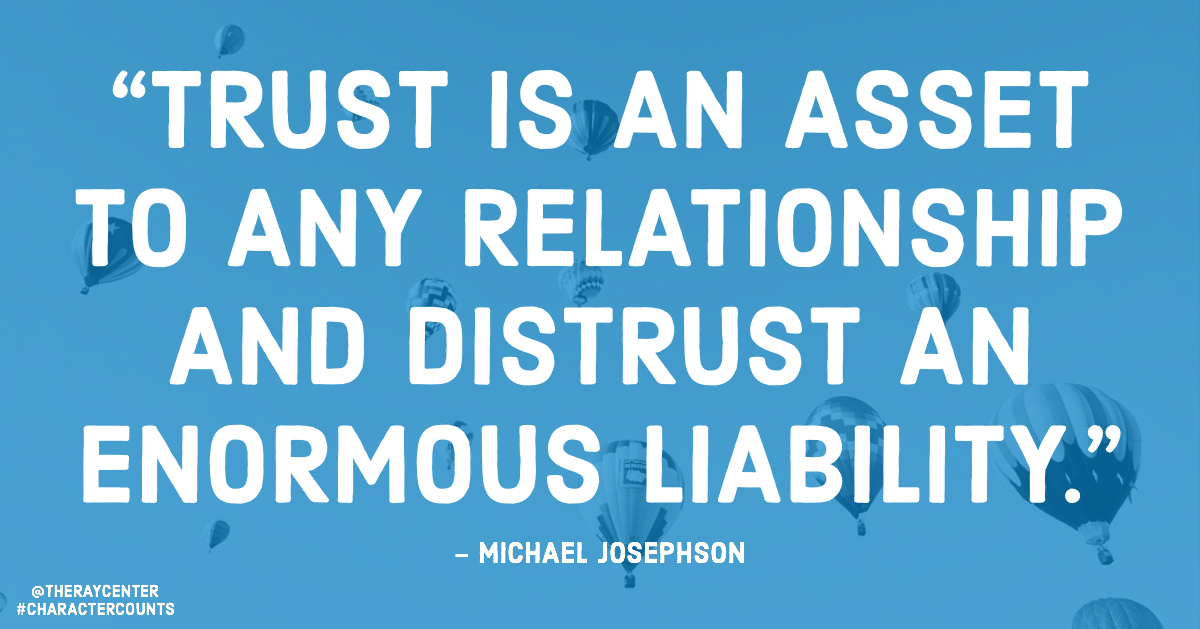
 Michael Josephson
Michael Josephson 